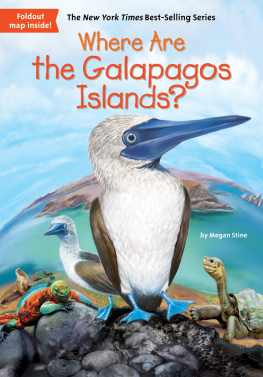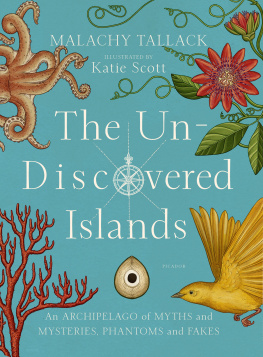Christopher Priest
THE ISLANDERS

Introductory
by Chaster Kammeston
I find it ironic that I should be invited to write a few introductory words to this book, as I know as little about the subject as it is possible to know. However, having always maintained that what one feels is more important than what one knows, let me begin.
Here is a book about islands and islanders, full of information and facts, a great deal I knew nothing about, and even more on which I had opinions without substance. People too: some of them I knew personally, or had heard about, and now rather late in the day have learned something about them. There is so much out there, so many islands to discover, while I am familiar with but one of them. I was born on the island where I live now and where I am writing these words, I have never stepped off the island, and I expect never to do so before I die. If this were a book only about my home island I should be uniquely equipped to introduce it, but for quite other reasons I would then not agree to do so.
For me the visual aspect of this Archipelago in which I contentedly live is confined to the handful of adjacent islands I can see in the offing as I walk or travel about close to my house. I know the names of most of them there are three or four that are too small or unimportant to be named and I carry a vivid mental picture of them as they appear to me. In rain, sunshine or wind, these neighbouring islands are constant companions, the background scenery to my life. They are lovely and intriguing to behold, they induce moods in me that are always varied and unpredictable, and I never tire of staring at them. They infuse me with the spirit of island life, and thus infuse every word I have ever written.
I am however incurious about them. I assume that many of the people who visit my own island must come from some of them, and, no doubt, return to them afterwards. By reading the advance proofs of this book I have accidentally discovered a few unsuspected facts about one of these adjacent places, but on the whole I remain as ignorant about my part of the Dream Archipelago as always. That is how it is, and how it will remain.
Although I can describe nothing of what I myself know about the islands, I none the less have a commission to write about them here. Let me sum up what is more generally accepted and known. I have culled most of it from reference books.
The Dream Archipelago is the largest geographical feature on our world. The islands are found around the whole girth of the planet, spreading across tropical, subtropical and temperate latitudes, both north and south of the equator. They are placed in the only ocean we have: this is known as the Midway Sea and it too is circumambient of the world. The sea with its islands occupies more than seventy per cent of the total surface area, and contains more than eighty per cent of all the worlds water.
The Midway Sea is mostly wide, but there are two comparatively narrow stretches which create troublesome local currents and disturbances as the tides rise and fall. The Sea is bounded and bordered to north and south by two continental masses.
Of these continents the larger, to the north, is unnamed. This is because it is the location of approximately sixty different states and nations, many of them landbound. Each of these nations has its own language and customs and lays fierce and argumentative claim to pre-eminence on the vast continent. The countries all have names by which they know the continent, but as these names are in a variety of languages, and emerge from many cultural, historical and folkloric roots, no one can agree on what they should all call it.
Some maps call this continent Nordmaieure, but this is more to do with the fact that cartographers do not like unnamed spaces on their maps. Nordmaieure has no political or cultural meaning. Most of these quarrelsome nation states are found in the mid-regions, or along the southern plains, because north of the seventieth parallel all is permanently frozen and therefore more or less uninhabitable.
The smaller southern continent does have a name: it is called Sudmaieure (explaining the cartographical fiction of the north) and it too is as yet mostly unpopulated, and for the same general reasons of intense cold. Sudmaieure is a chill polar wasteland, lacking temperate or tropical latitudes. Much of it is under permafrost or deep icefields. The outer fringe, where the land meets the southern littoral of the Midway Sea, experiences some seasonal thawing, and here there are a few small settlements. Some of these are temporary camps set up by the various military factions who have an interest in Sudmaieure, others are related to scientific projects, or fishing or mining.
The political concerns of this world of ours are worrying. Many of the countries in the north are at war with each other they have been at it for as long as I have been alive, they were at it for at least three centuries before I was born, and they show every eager sign of being at it for centuries more to come. The issues over which they violently disagree, and the alliances they have formed in an attempt to prevail, are often reported in our newspapers and on television, but few islanders seem to take much notice.
This is largely because in an act of unusual, not to say unique, far-sightedness, the elders of the Dream Archipelago long ago drew up and agreed a document called the Covenant of Neutrality. The Covenant is just about the only matter on which the various peoples of the islands have ever agreed. It extends to every island, small or large, populated or unpopulated, and it was intended to guarantee that the belligerent concerns of the north should not affect the people of the Archipelago.
Although there have been many attempts in the past to breach the Covenant, and it is by no means an untroubled document, it has by some miracle held firm. The neutrality established long ago still manages to hold today. Nor is it just a matter of treaties and conventions: neutrality is a way of life in the islands, a constant preference, an attitude, a habit.
Our neutrality is tested every day, because for perhaps understandable reasons the warring nations have drawn up their own agreement of sorts. It reflects their particular and vested interests, not those of the islanders. This makes the islanders Covenant continue to be necessary.
By their agreement, these northern countries draw back from invading each other, or from bombing each others cities, or damaging their industries and valuable reserves of minerals and fuels, and instead confine their war-making to the battlefields of Sudmaieure. They send their armies down to the stony wastes and the terrible icefields, and there they kill and wound each others young soldiery, they fire bullets and missiles and shells at each other, they bash and batter and shout a lot, wave their colours and blow their cornets, march around making a lot of noise and no doubt leaving a mess behind them. All this activity is more or less without harm to anyone else, and appears to satisfy those who take part.
To reach Sudmaieure, though, the armies and everything connected with them must pass through the Archipelago, so we are constantly traversed by troopships and naval vessels and auxiliaries. Our islands are over-flown by military aircraft. It happens that my house overlooks one of the channels regularly used by troopships, and from my study window I can see the grey ships cruising slowly by. I try not to imagine the conditions aboard. The sight of these ships, with their cargo of young lives heading to war, has haunted me all my life and indirectly has helped give the essence to every book I have written.

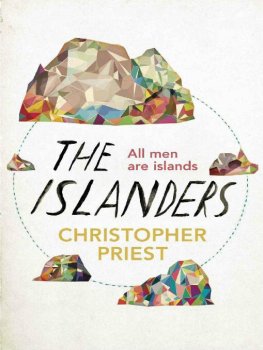
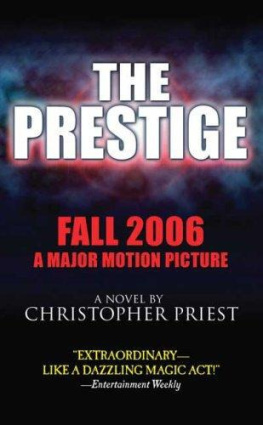

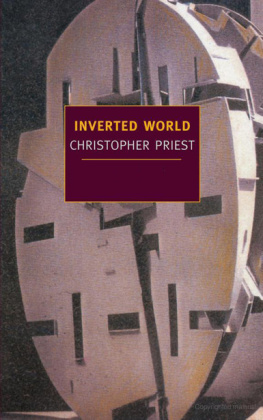
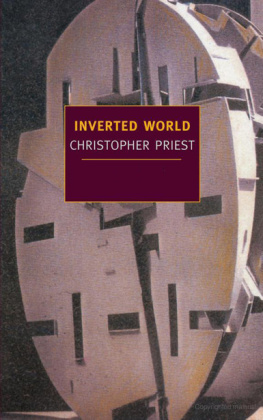


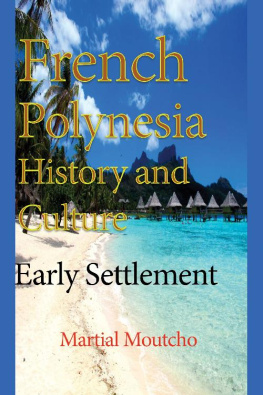
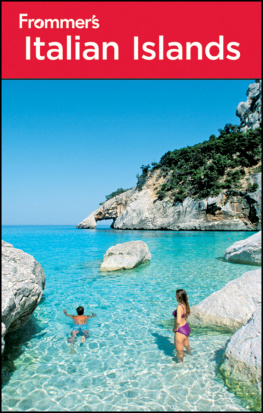
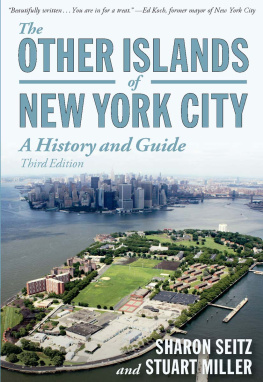
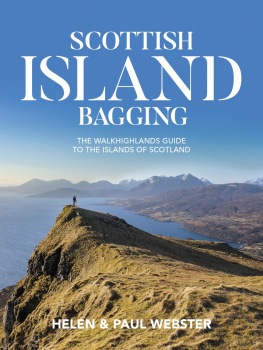
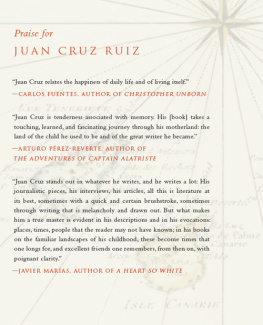

![Greek islands [2018]](/uploads/posts/book/209249/thumbs/greek-islands-2018.jpg)

